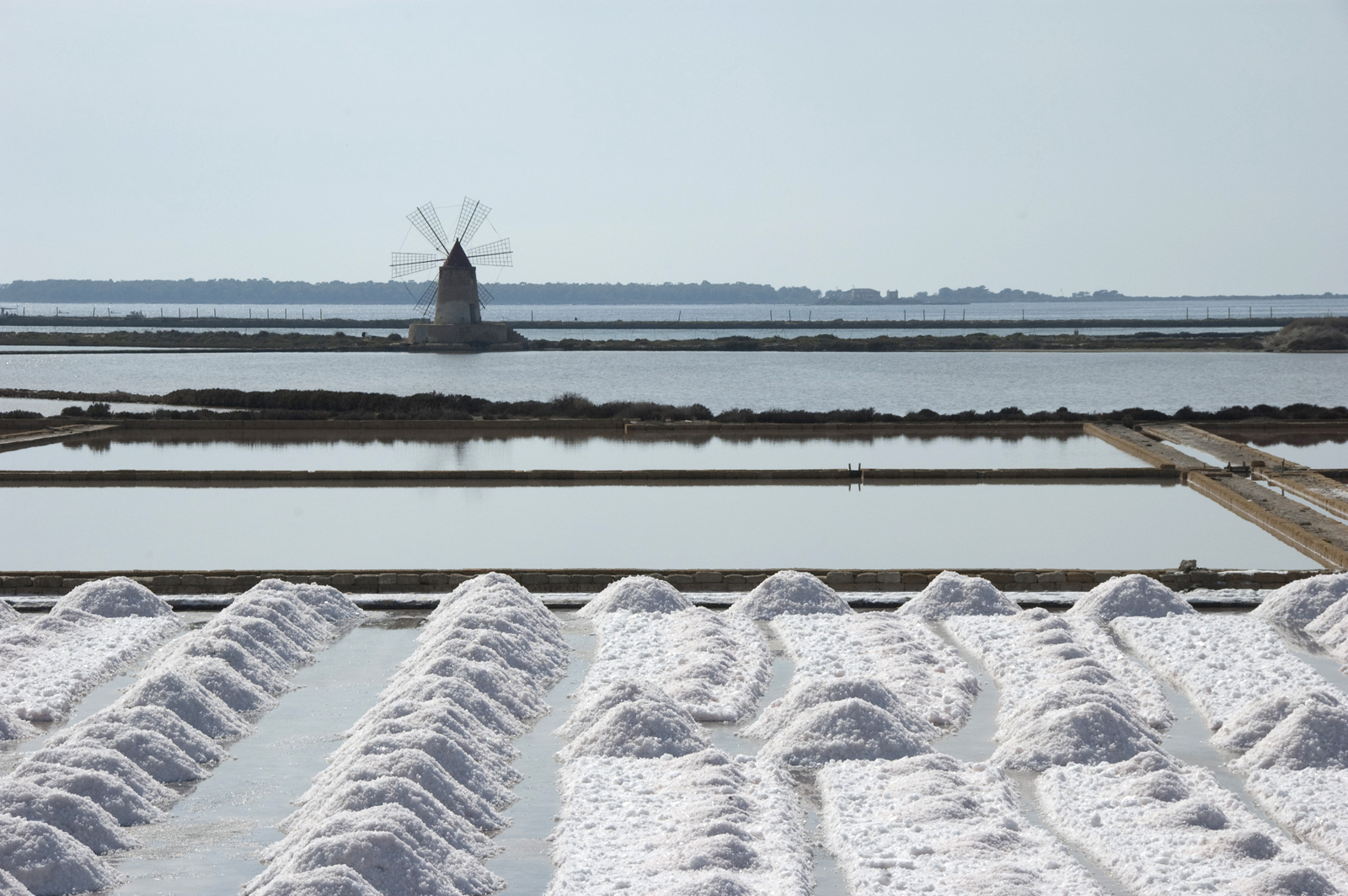In recent decades, man has begun to tackle the energy problem. Our planet's non-renewable resources are limited and scientists are looking for alternative, non-polluting sources. Solar, wind and geothermal are just some of the many ways to produce energy and respect the parameters mentioned above. Among these is perhaps the most recent system discovered: osmotic energy. And theUniversity of Palermo has recently created a new prototype capable of making this source even more efficient.
What is osmotic energy
Osmotic energy, also known as saline gradient energy, is a system that provides for the production of current through the concentration of salt in terrestrial waters. In two compartments, divided by a special membrane, fresh water and salt water are poured. By mixing the two liquids, thanks to theelectrodialysis, a flow of ions is generated which can be transformed into pure energy. A complex system, but safer and more stable than other renewable sources. In fact, it is not subject to climatic conditions and the small size of the plants would have a minimal environmental impact. According to some studies, only the mouth of the Rhine river could be exploited for the production of 1GW of electricity. And the only "waste" would be brackish water, or water with a salt concentration lower than that of the sea.
The work of Sicilian researchers
The research group of the University of Palermo has created a new prototype to exploit the Trapani salt pans. Current osmotic technology involves the use of fresh water and sea water. Sicilian scientists, on the other hand, have found the way to produce energy by mixing seawater and saltwater. A real innovation that makes this energy source even more efficient. Furthermore, for this project, Fujifilm has developed a new generation of membranes to be used for the chemical process.
But the hunger of researchers certainly did not stop there. The prototype is also able to exploit the low temperature heat. That type of heat that is discarded by industries during the manufacturing processes. The goal is to convert it into energy to be used for a saline gradient heat engine, thus triggering a continuous and self-sufficient energy production process.





